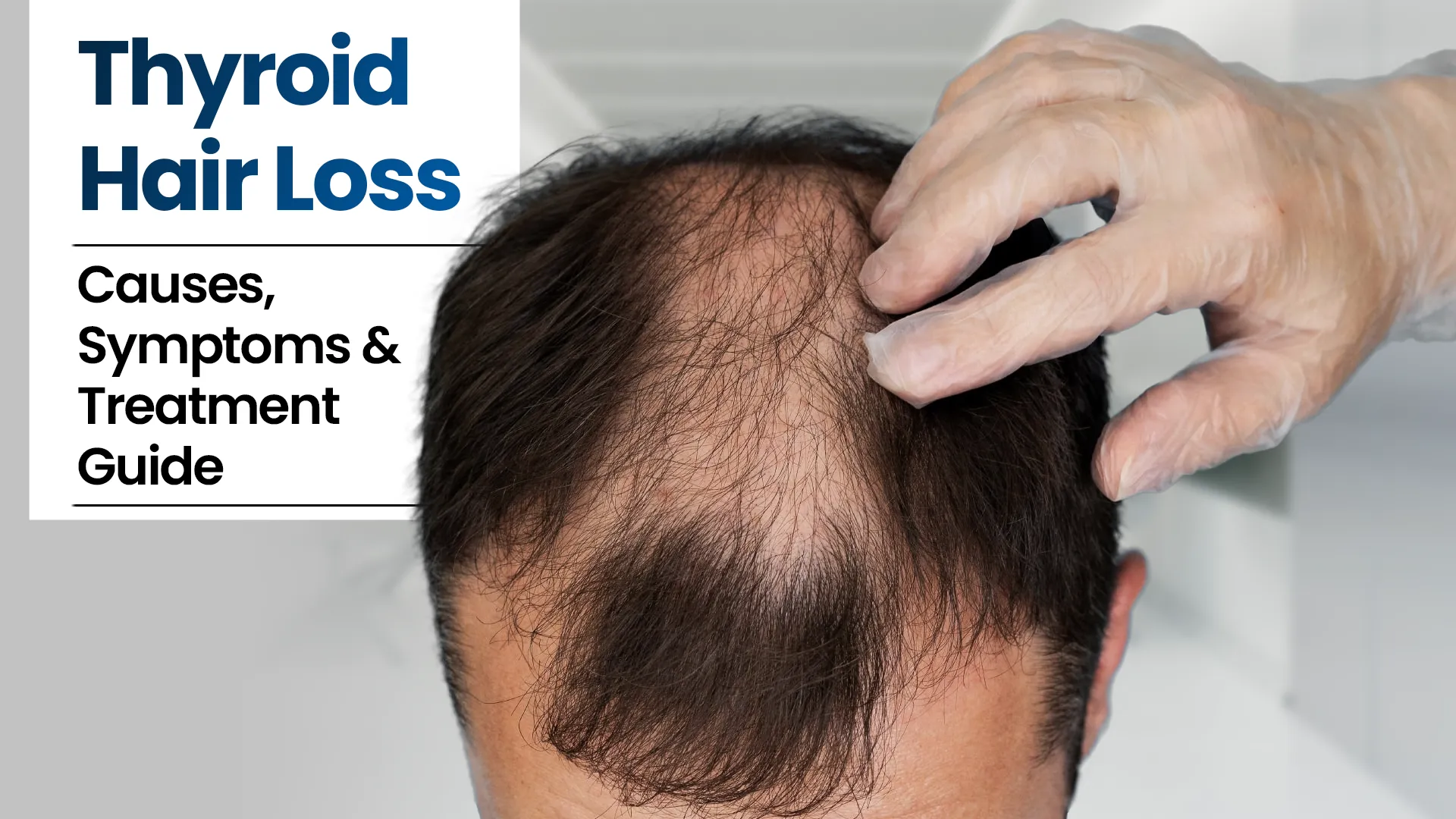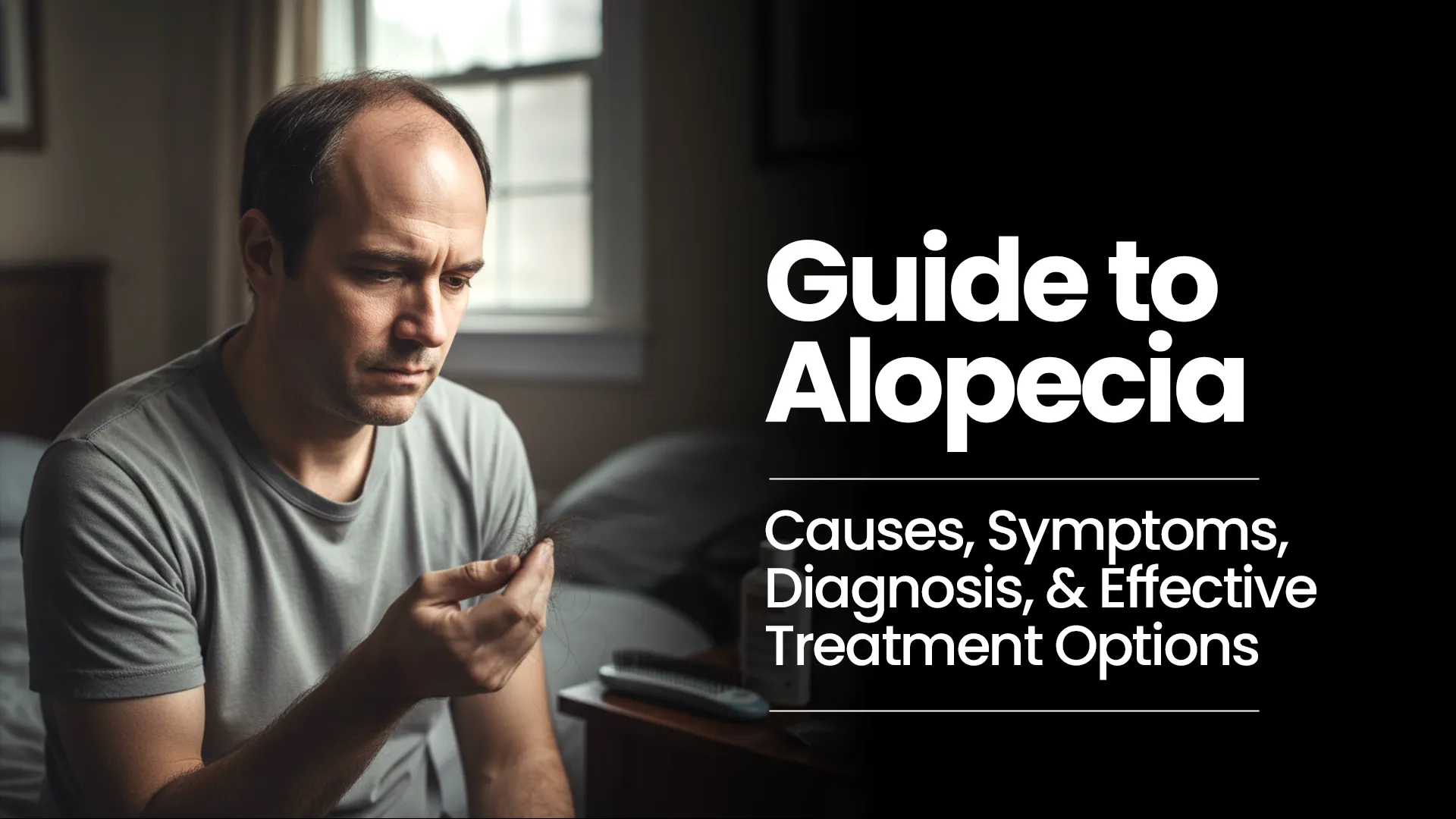Today, we are going to talk about the hair growth cycle. Understanding the stages of hair growth is essential for anyone interested in hair care, hair loss treatments, or simply wanting to know how hair grows and falls out. Let’s dive into the stages of the hair growth cycle in detail.
Anagen Phase (Growth Phase)
The first stage of the hair growth cycle is called the Anagen phase, also known as the growth phase. During this phase, hair actively grows from the hair follicles. The cells in the root of the hair are dividing rapidly, adding to the hair shaft and making it longer. This phase can last anywhere from 2 to 6 years, and about 90% of the hairs on your scalp are in this phase at any given time. The length of this phase determines how long the hair can grow.
Catagen Phase (Transition Phase)
After the Anagen phase, the hair enters the Catagen phase, which is a short transitional phase that lasts for about 1 to 2 weeks. During this phase, the hair stops growing, and the hair follicle shrinks. The lower part of the follicle is cut off from the blood supply and nutrients, causing the hair to stop growing and preparing it to fall out.
Telogen Phase (Resting Phase)
The Telogen phase is the resting phase of the hair growth cycle. This phase lasts for about 2 to 4 months. During this phase, the hair does not grow but remains attached to the follicle while the new hair begins to form underneath it. About 10-15% of the hairs on your scalp are in this phase at any given time. Eventually, the old hair will be pushed out by the new hair growing in the follicle, causing the old hair to shed.
Exogen Phase (Shedding Phase)
The Exogen phase is considered a part of the Telogen phase. It is the phase where the old hair sheds and falls out, allowing new hair to grow. Shedding 50 to 150 hairs a day is normal during this phase. This shedding phase lasts for about 2 to 5 months, and the hair follicle then returns to the Anagen phase, starting the cycle anew.
The Hair Growth Cycle Repeats
This entire cycle of hair growth, transition, rest, and shedding repeats itself approximately 20 to 25 times in a person’s lifetime. The duration of each phase can vary depending on various factors such as genetics, age, and overall health. It is fascinating to see how our hair goes through these stages continuously, ensuring that we always have new hair growing in place of the old hair.
Tips for Healthy Hair Growth
Nourish Your Hair from Within
It all starts with what you put into your body. Hair is primarily made of protein, so ensure you’re getting enough lean protein sources like chicken, fish, beans, and lentils. Don’t forget about colorful fruits and veggies – they’re packed with vitamins and minerals that nourish your scalp and promote hair growth. Healthy fats, found in nuts, avocados, and olive oil, also play a key role in keeping your hair shiny and strong.
Treat Your Hair with Kindness
Harsh shampoos and conditioners can strip away your hair’s natural oils, leaving it dry and brittle. Opt for gentle, sulfate-free products that cleanse without being overly stripping. Avoid washing your hair every day, as this can disrupt your scalp’s natural oil production. Aim for 2-3 washes per week, depending on your hair type and activity level. Be gentle when detangling – ditch the rough brushes and opt for a wide-tooth comb or a soft-bristled brush to minimize breakage.
Shield Your Hair from the Elements
Sun exposure can damage your hair, just like your skin. Protect your strands by wearing a hat whenever you’re outdoors for extended periods. Taking a dip in the pool? Apply a leave-in conditioner before swimming to create a barrier against chlorine, which can be harsh on hair.
Heat Styling: Less is More
We all love the versatility of heat styling tools, but frequent use can dry out your hair and lead to breakage. If you can’t ditch them entirely, try to minimize heat exposure. Use lower heat settings whenever possible and always apply a heat protectant spray before styling to shield your hair from heat damage.
De-Stress for Healthy Hair
Did you know chronic stress can negatively impact your hair growth? Take time for activities that help you unwind and de-stress, such as exercise, meditation, or spending time in nature. By managing your stress levels, you’ll create a healthier environment for your hair to grow.
Regular Trims Are Key
Split ends are the enemy of long hair! They travel up the hair shaft, causing breakage and making your hair look thin. Schedule regular trims (every 6-8 weeks) to remove split ends and keep your hair healthy. Healthy hair grows faster, so trims can actually help you achieve your long hair goals more quickly.
Listen to Your Hair's Needs
If you notice sudden hair loss, persistent scalp issues, or a significant change in hair texture, consult a dermatologist or trichologist. They can diagnose any underlying conditions and recommend personalized treatments to get your hair back on track.
Personalized Hair Loss Solutions
HairFree HairGrow can help identify the exact cause of your hair loss and provide treatment options tailored to your specific needs. Always consult a medical expert if you have any questions about your health.
Get in Touch
If you’re looking for expert advice and effective solutions for hair loss, contact us at HairFree HairGrow. We’re here to help you on your journey to regaining your hair and confidence.
- Visit any branch for your hair problem or call us at +91-72 72 83 2222
- We are located in Surat, Pune (Pimple Gurav), Pune (Kharadi), Hyderabad, Ahmedabad, Kolkata, Indore, Bhopal, Delhi (Gurugram), Nagpur, Mumbai, Vapi (Silvassa), and Bangladesh.
Written By
MD (Skin & VD)
Dr. Chintan Bhavsar is a hair restoration expert specializing in the stages of hair growth. With in-depth knowledge, he provides personalized care to help patients understand their hair cycle, promote healthy growth, and address hair loss effectively.
Disclaimer
We’ve made all possible efforts to ensure that the information provided here is accurate, up-to-date and complete, however, it should not be treated as a substitute for professional medical advice, diagnosis or treatment. See Detailed Disclaimers Here.





